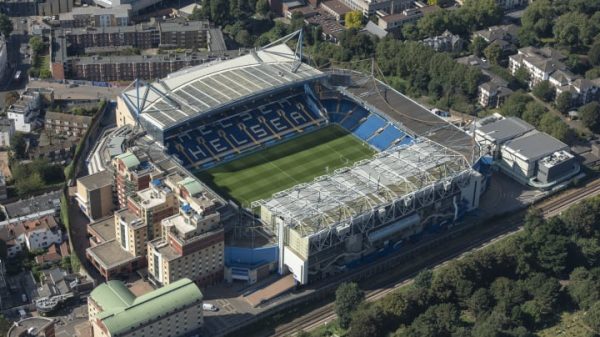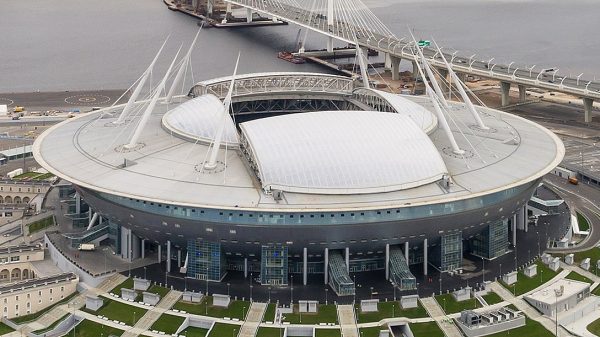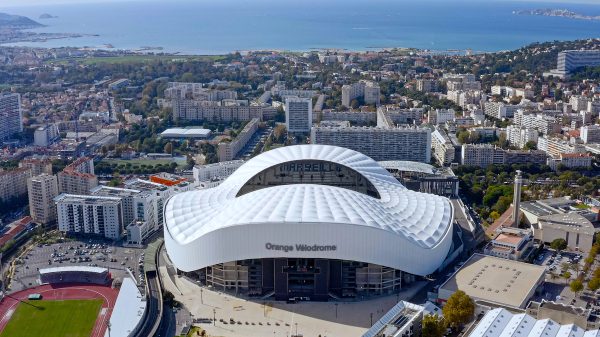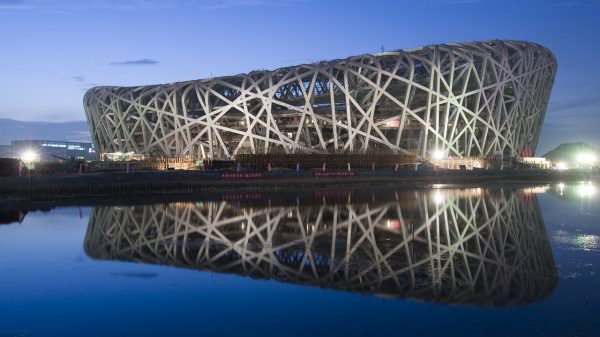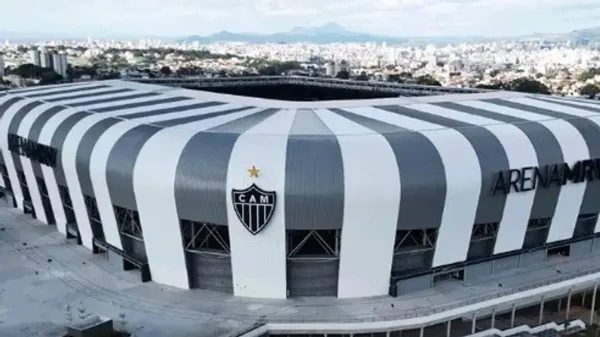Italy has a rich history in football and sports in general, and part of this history is written in the stadiums that have witnessed the feats of great athletes and the emotions of fans. One of these places is the Renato Dall’Ara Stadium in Bologna, a monument to Italian sport that has seen epochal events and significant changes over the decades.
Follow us on social networks to stay updated on the latest foreign football news: Instagram, Facebook e X.
Index
The roots: The Littoriale Stadium
It all began in 1925, when the first stone of the stadium was laid, originally known as the Littoriale. This facility, commissioned by the fascist leader Leandro Arpinati, emerged as the first true Italian stadium, breaking with the tradition of previous rudimentary stadiums. Designed by engineer Umberto Costanzini and architect Giulio Ulisse Arata, the Littoriale Stadium represented a work of modernity and grandeur, with a capacity for over 50,000 spectators.

A historic inauguration
On October 31, 1926, in a majestic ceremony, the Littoriale Stadium was inaugurated by none other than Benito Mussolini, the fascist leader, who rode in on his horse, creating an impressive scene of power and greatness. A few days later, the stadium hosted its first international match, with Italy facing Spain in front of 55,000 enthusiastic spectators.
The Littoriale Stadium becomes the Municipal Stadium
After World War II, the stadium changed its name to “Municipal Stadium,” reflecting a new period in its history. Despite the name change, the stadium retained its importance in the Italian sports landscape, becoming a venue for epic encounters and celebrations.
Tribute to Renato Dall’Ara
In 1983, the stadium was named after Renato Dall’Ara, in honor of the president who led Bologna for three decades, during which the team won five league titles. Unfortunately, Dall’Ara did not live to see his team’s final triumph, as he passed away just three days before the decisive playoff match against Inter.
Modernization for the 1990 World Cup

In preparation for the 1990 World Cup, the stadium underwent significant renovations. New safety exits, a refurbished athletics track, and an increase in seating capacity were just some of the changes made to bring the facility up to international standards.
Host to epochal events
The Renato Dall’Ara Stadium has not only hosted football matches. In 1995, it welcomed a significant rugby encounter between Italy and the New Zealand All Blacks, while in 1997, it saw the Italian national team take on South Africa in the same sport. These events helped make the stadium a landmark for Italian sports enthusiasts of all disciplines.
But the Renato Dall’Ara Stadium is not just a venue for elite sports events. It is also a focal point for the local community, hosting concerts, cultural events, and charity initiatives. Its ability to bring people together beyond the playing field is what truly makes it special for the residents of Bologna.
The Legacy
In addition to being an integral part of daily life in Bologna, the Renato Dall’Ara Stadium is also an important cultural and historical heritage for Italy as a whole. Its stands tell stories of triumphs and disappointments, of nurtured hopes and realized dreams. It is a place where generations meet, where the past merges with the present, and the future glimpses on the green field.

From the Municipality to Bologna FC: A new chapter
In recent years, there has been discussion about transferring ownership of the stadium from the Municipality to Bologna FC, the club that has called it home for decades. This could mark a new chapter in the stadium’s history, with development and improvement opportunities that could ensure it continues to be a source of pride for the city of Bologna and for Italy as a whole.
The Renato Dall’Ara Stadium in Bologna is not just a place for football, but it is a monument to Italian history, culture, and sporting spirit. Through its changes and evolutions over the years, it has continued to be a beacon for sports lovers across the country. Whether called Littoriale Stadium, Municipal Stadium, or Renato Dall’Ara Stadium, its meaning and importance remain unchanged, testifying to the passion and dedication of Italians for sports and for the future.





